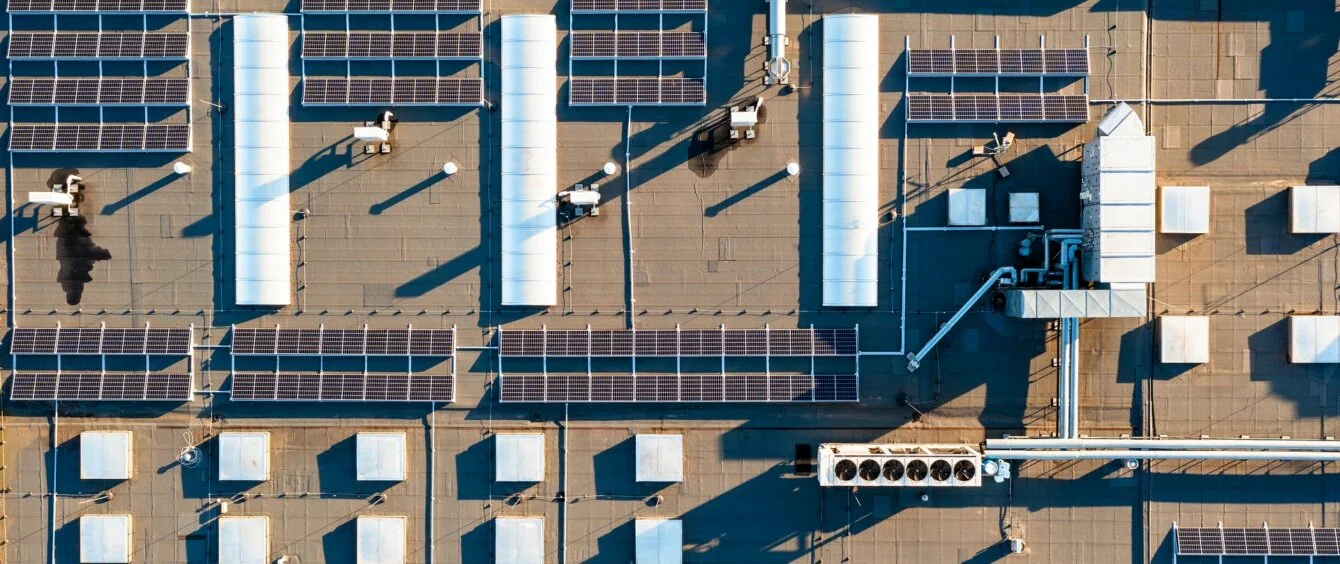Energy is a valuable asset and should thus be used as efficiently as possible. This is crucial to the energy transition as well, since pivotal roles are played not only by renewable energy expansion but also by efficient energy consumption and energy savings. In a new series, the en:former is exploring energy efficiency and presenting innovative approaches taken in various sectors. In the first episode, we lay out the status quo and look at the trends for the future.
As the global economy grows, so does its consumption of energy. This is driving up greenhouse gas emissions. Countering this trend requires energy-efficient technologies that help minimise energy usage while preserving the benefits. According to the International Energy Agency (IEA), however, worldwide efforts to this end still fall short of achieving carbon neutrality by 2050.
Therefore, the IEA convened representatives from more than 80 countries at an international conference in Versailles, France, in early June 2023. The agency’s experts emphatically declare that it is paramount to accelerate progress in terms of energy efficiency. Forty-five governments from Africa, the Americas, Asia and Europe established a consensus position in favour of doubling the pace of energy efficiency through 2030.
Energy efficiency is the term used to describe the ratio of energy usage to benefit. This means the less energy used for a product or service for the same benefit, the more efficient the process. A rise in energy efficiency lowers energy consumption while delivering the same result. The inverse conclusion is that an increase in energy consumption can be counteracted by improved energy efficiency.
Trends and developments in 2022
In the run-up to the conference, the IEA published an analysis of global advances in energy efficiency in which it presented the most recent, very positive developments in various branches of industry. Energy efficiency rose by 2.2 percent worldwide in 2022, roughly double the average of the five preceding years. Furthermore, demand for energy was up one percent. The experts opine that this quota could have been nearly three times higher if not for global efforts to drive up energy efficiency. More efficient technologies and efficiency measures limited the rise to a mere percentage point.
By way of example, the IEA states that a handful of countries, which account for over 70 percent of world energy consumption, introduced major measures to enhance energy efficiency in 2022 and 2023. The report cites the Inflation Reduction Act in the USA, Japan’s Green Transformation Plan, and an update to the EU’s energy-efficiency goal within the scope of the REPowerEU Plan. In addition, the study projects record energy efficiency investments in excess of 600 billion US dollars in 2023.
Key technologies to spur energy efficiency
Another positive trend identified by the IEA is an increase in sales of key technologies such as heat pumps and electric vehicles. Based on agency information, heat pump sales were up ten percent worldwide in 2022. The rise in Europe has been pegged at a whopping 40 percent. This can be traced back to sustained uncertainty surrounding gas supply triggered by the energy crisis and the state subsidies of these technologies.
In 2022, new EV registrations accounted for 14 percent of all vehicles sold the world over, and this share may well rise to 18 percent in 2023. In the building sector, sales of efficiency technologies such as smart controls and energy management systems were also up in 2022, but the report has the figures still a far cry from those required to hit net zero.
Measures for an efficient future
To stay on the path of the IEA’s net zero scenario through 2050, annual increases in energy efficiency would have to total four percent instead of the current 2.2 percent. In addition, annual investment would have to triple to nearly 1.8 billion US dollars through the end of the decade.
Such a development would be advantageous in myriad ways: Global demand for energy would drop by 190 exajoules (EJ), with carbon dioxide emissions from fuels falling by nearly eleven gigatonnes (Gt) by 2030. Compared to the status quo, world energy consumption and emissions would thus decline by nearly one-third. Moreover, the IEA estimates that up to twelve million jobs could be created. Last but not least, emerging and developing countries would make faster progress en route to providing universal access to affordable electrical power.
But the IEA finds that regulations currently in planning do not yet suffice to achieve net zero. Even if all the existing and planned measures were implemented rapidly, only three quarters of the four percent goal would be achieved. This is why the agency called at the conference in June 2023 on the governments to promote energy efficiency across all sectors by stepping up measures and introducing more ambitious policies. Forty-five nations declared their readiness to hit the targets, including many European countries.
Energy efficiency in Europe
Back in March, the European Parliament decided for the time being to revise the Energy Efficiency Regulation of the Fit for 55 Package, with a view to scaling back energy consumption by 11.7 percent by 2030 compared to 2020. The new regulations obligate the EU to reduce its final energy consumption, thereby becoming more energy efficient. The current goal envisages a 32.5 percent drop in both primary and final energy usage. By revising the package, the European Commission aims to raise these targets to 40.6 percent for primary and 38 percent for final energy consumption.
Pursuant to the new regulations, member states have to steadily increase energy savings through 2030. Whereas average savings currently amount to 1.49 percent of total annual energy usage, the goal is to raise this quota to 1.9 percent by 2030. This predominantly makes it incumbent on sectors such as building, transportation and industry to become more energy efficient.
